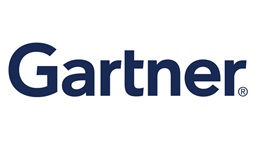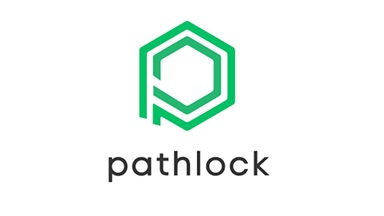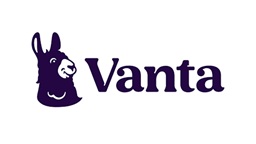IDC MarketScape: Worldwide Governance, Risk, and Compliance Software 2025 Vendor Assessment
 Receive Your Complimentary Assessment Now!
Receive Your Complimentary Assessment Now!
In today’s risk environment, businesses need to move efficiently and with transparency. The IDC MarketScape says the following about AuditBoard and our connected risk platform:
Mastering User Access Certifications: A Comprehensive Guide
In this comprehensive guide, we explore the nuances of access certifications and the key principles, best practices, and technologies that are shaping the future of access governance.
Introducing the all-new Vanta AI Agent to supercharge GRC teams
When you need to review your policies each year, the Vanta AI Agent will generate a summary of all changes and policy revisions for approval. Users can leverage the AI-generated summary, then send it alongside an approval request—right in Vanta. No more parsing through dense policies to document every change.
Best practice guide: Create an AI governance program from scratch
 Request Your Free Best Practices Now!
Request Your Free Best Practices Now!
Creating a robust AI governance program is crucial to navigating the ethical, regulatory, and operational challenges of AI. This guide is designed for professionals seeking actionable strategies to build frameworks that mitigate risks, enhance compliance, and establish trust in AI systems. Gain insights into scalable governance practices tailored for evolving industry demands and regulations.
Smart scaling: An internal auditor's guide to leveraging AI and analytics
Ready to unlock your full internal audit potential with AI and advanced analytics? The audit world is evolving, and it’s your time to shine. New technologies like AI and advanced analytics offer incredible opportunities to boost your efficiency, sharpen your insights, and confidently nail those testing results. This guide shows you how to leverage AI and data analytics to help drive smarter, more impactful audits.
Market Guide for Third-Party Risk Management Technology Solutions
 Request Your Free Analyst Report Now!
Request Your Free Analyst Report Now!
This Market Guide provides Gartner’s updated coverage of the third-party risk management technology market and focuses on the market definition, rationale, relevant risk domains and applicable market dynamics
Fragmented AI? Discover the Top 5 Rollout Risks
Discover the details behind the top challenges in our list. Understanding these risks is the first step toward a unified AI strategy that drives better outcomes and faster time-to-value, avoiding unnecessary costs and burnout. Learn how to implement AI strategically. Get the list for details.
The Software Bill of Material and Its Role in Cybersecurity
How to use SBOMs to strengthen the security of your software supply chain for cloud-native applications
Vanta earns ISO 42001 certification to demonstrate trustworthy AI practices
Vanta becomes the first trust management platform to earn ISO 42001 certification, showcasing its commitment to responsible AI use. Learn how Vanta helps organizations manage AI risk, accelerate compliance with frameworks like NIST and the EU AI Act, and promote transparency and trust in AI development.
DevSecOps for a DoD Software Factory: 6 Best Practices for Container Images
The best practices in this whitepaper are aligned to requirements and recommendations in DoD guidance1 and the relevant NIST standards.
AI-Powered GRC: From reactive compliance to proactive strategy
 Request Your Free Research Report Now!
Request Your Free Research Report Now!
Understand how AI is transforming GRC practice and professionals. Nearly half of organizations are experimenting with AI for GRC, but not everybody is creating solutions that deliver clear, demonstrable value to risk teams and the organization. In AI-Powered GRC: From reactive compliance to proactive strategy, learn how to take action, benchmark progress, and overcome common implementation obstacles.
The 2025 ProcureCon CPO-CIO Report
Surveying 100 procurement, supply chain, and risk management leaders across the U.S. and Canada, ProcureCon found that 45% of respondents say the CIO and CPO are equal partners in technology procurement. Interdepartment collaboration is a key success driver for companies and reveals that breaking down silos between procurement, finance, and IT enables improved processes and cost savings.
Ethical AI in Source-to-Pay
A guide to responsibly transforming source-to-pay (the Coupa Way).
The IIA's Third-Party Topical Requirement: Your essential guide
Get prepared for The IIA’s upcoming third-party risk management audit requirement. Third-party incidents are not just theoretical; they are a significant source of operational disruption and reputational damage. Download our guide to learn how to collaborate with your third-party risk management colleagues to conform with the new IIA requirement and strengthen your TPRM posture.



















